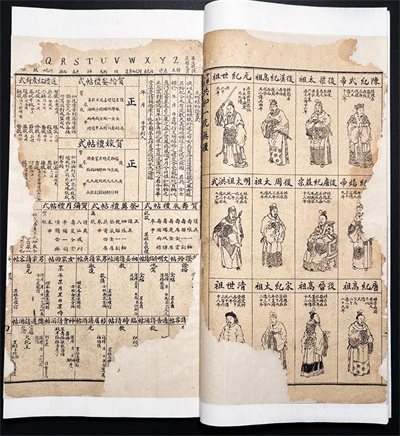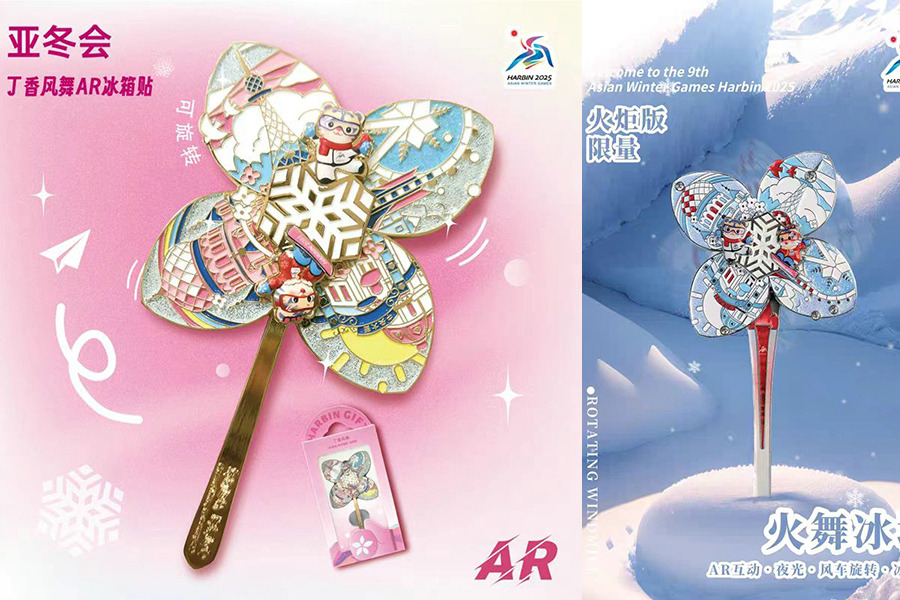Preserving ancient books for present and future
The burgeoning art form of ancient book restoration finds new enthusiasts eager to save the treasures of the printed word.


Technical upgrading
To improve her skills, Li attended several training sessions at institutions including the National Library of China in Beijing and the Yunnan Provincial Library in Kunming, where she mastered techniques such as digitization, cataloging, and facsimile reproduction of ancient books.
"These may not involve directly 'repairing' books, but they are just as crucial for preserving and passing on ancient culture," she said.
According to Li, digitization involves scanning ancient books to create a searchable database. Cataloging establishes a complete identity archive for each book, classifying them into categories like classics, history, philosophy, and literature, and determining their editions, sizes, cultural relic grades, and damage levels.
The demand for facsimile production of ancient books has surged in recent years. "On one hand, it's to protect the original copies during exhibitions. On the other hand, the facsimile books themselves are exquisitely made and will be valuable in a few hundred years as well. This process essentially continues and passes on the importance of cultural preservation," Li elaborated.
She also focuses on the application of new technologies in ancient book restoration. For example, an AI restoration system can scan damaged areas, identifying issues like insect holes and mold spots, then automatically generate restoration plans and predict how the paper will age over time.
Fiber analysis is another technique Li is currently studying. By staining the paper with iodine reagents and examining it under a microscope, she can determine its composition. For instance, if the paper is made from bamboo, it can't be repaired with mulberry bark paper — much like how blood transfusions require matching blood types.




































